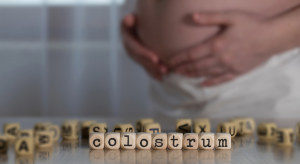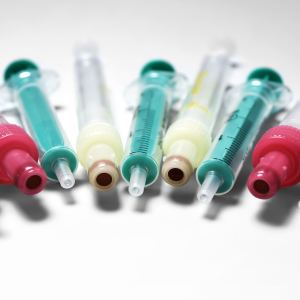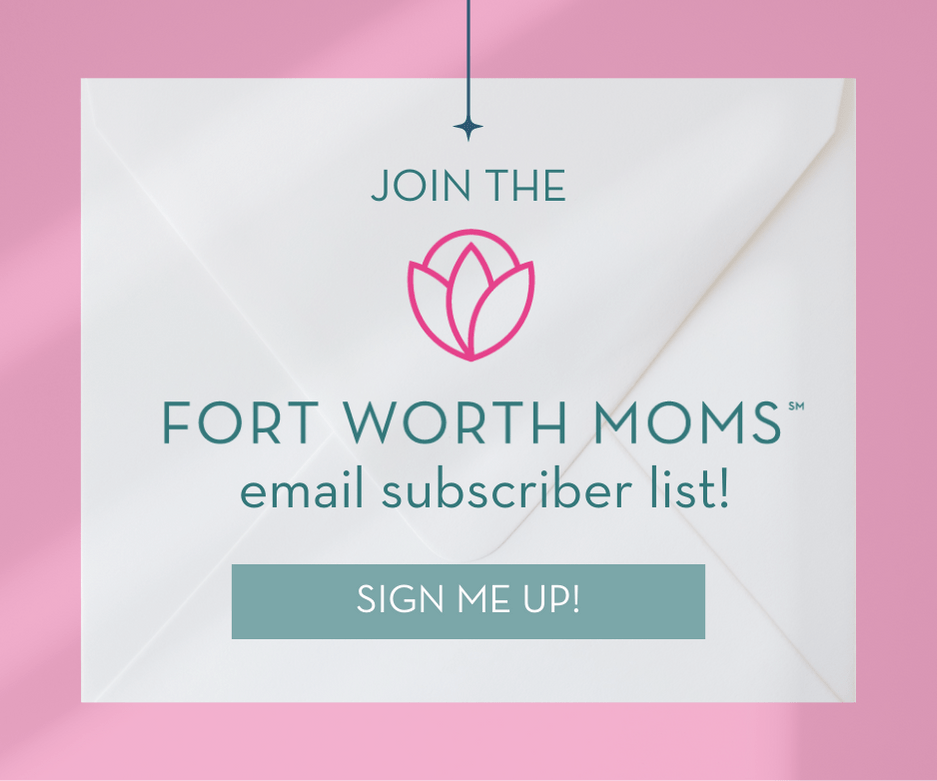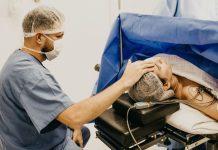Disclaimer :: This article is written by a certified nurse, however this is solely her own experience and advice. Please consult your doctor if you have any questions or concerns regarding your own health. Also, this post contains affiliate links. Fort Worth Moms may receive a commission if you make a purchase using these links. Thanks for supporting Fort Worth Moms!

What is breastfeeding before birth you ask?
Antenatal hand expression (AHE) is collecting colostrum while you are pregnant to supplement your baby in the first days of life. Giving your baby a little extra colostrum gives them a great start!
Colostrum is rich in fats, sugars, and immunity. It’s liquid gold! It stimulates baby’s bowels and colonizes the gut with beneficial flora. Colostrum is made from around the 20th week of pregnancy until three to five days after birth. YOUR colostrum is perfect for YOUR baby because the composition will change to meet your baby’s needs. For instance, if your baby is preterm, your colostrum will be perfect for your preterm baby. Awesome, right?!? Colostrum also comes in the right amount. Baby’s tummy is the size of a small marble and your body makes about a tablespoon of colostrum this first day.
Hand expression is beneficial for both you and your baby! It will help make you feel comfortable and confident handling your breasts for breastfeeding. Seeing is believing, and you will know you are making enough milk.
Babies get the benefit of starting their immune system and gut health positively. Extra colostrum helps reduce risk of extreme weight loss and high jaundice levels. Your colostrum is “mom made.”
Babies need supplementation for many reasons, which may not be apparent until after the birth. Being prepared can make the first day so much easier. For instance, if mom is diagnosed with gestational diabetes, high blood pressure, or an infection, baby may need help to pass the blood sugar tests. If the birth is stressful for baby, she may not latch on well and could use a boost. Another reason to supplement is to ease mom’s worries about making enough milk the first few days. Along with breastfeeding on demand, hand expression, and plenty of skin to skin time, you can give baby a little extra after feeds.
Getting Started with AHE
Before you get started, you need to talk to your provider. AHE is not suggested if you are preterm (less than 37 weeks), have a cerclage in place, have low-lying placenta, have placenta previa or accreta, or have any other risks for vaginal or uterine bleeding. When your provider gives the okay and you have completed your 36th week of pregnancy, you can get started.
 You’ll need a box each of one ml and three ml oral syringes with caps, which are easily obtained online for about $10 per box. A clean medicine cup, label stickers, permanent marker, and a large freezer bag are the other necessary supplies. Before you leave for the birth, you’ll need a cooler and ice packs. Put the cooler and milk on your list of things to bring in your hospital bag.
You’ll need a box each of one ml and three ml oral syringes with caps, which are easily obtained online for about $10 per box. A clean medicine cup, label stickers, permanent marker, and a large freezer bag are the other necessary supplies. Before you leave for the birth, you’ll need a cooler and ice packs. Put the cooler and milk on your list of things to bring in your hospital bag.
To get started, take a short, warm shower. Gather your supplies and wash your hands. Massage in a circular motion from under your armpit, around the breast, and towards the nipple. This stimulates a letdown.
Make a large “C” with your hand and place it on the top and bottom sides of the breast, far back where it meets the chest wall. Compress the top and bottom of the breast together and hold. Collect any drops of colostrum in the medicine cup as you go. Release and move your hand towards the middle of the breast, between the chest and areola. Compress, hold, release. Move your “C” hand to the left and right sides of the breast and repeat. After five minutes, switch breasts. Start with five minutes per breast per day and gradually work up to 10 minutes per breast once or twice a day.
Don’t compress or squeeze the areola or nipple, as this will cause discomfort and possible tissue damage. Think “breastfeeding,” not “nipple feeding.” Firm but gentle pressure is all that’s needed. Hand expression shouldn’t be painful.
When you are done expressing, use a clean syringe to suck the milk out of the cup and put the cap on. Use a label sticker or a sharpie to mark the date on the syringe. Put the syringe in a freezer safe bag in the freezer. Colostrum is good in the freezer for three months. Use a clean syringe every day. You can use the same syringe for two collections in the same day.
If at any time you have contractions, please stop! This is not meant to induce labor. If you are scheduled for a cesarean section, stop immediately.
You may not see colostrum the first few times. Don’t worry — it will come! This is mainly for stimulation at first. Then, you’ll strike gold (liquid gold, that is!).
Feeding Your Newborn
On labor day, remember to bring the cooler, frozen milk syringes, and ice packs with you. Zipper bags full of ice work well if you don’t have ice packs. The facility may have a breastmilk freezer to hold your milk. If they don’t have one, your support person can refill the cooler with ice to keep it frozen.
To feed the baby, use the oldest syringe first. Use the colostrum before the feed to entice baby to the breast and after the feed as a top off, especially if the baby didn’t latch. Run a syringe under warm water and roll it between your hands, but don’t shake it. Squirt a little bit into the baby’s cheek and wait for baby to swallow. Repeat until the syringe is empty.
Being prepared for the first day of breastfeeding will boost your confidence and make things go so much smoother!













